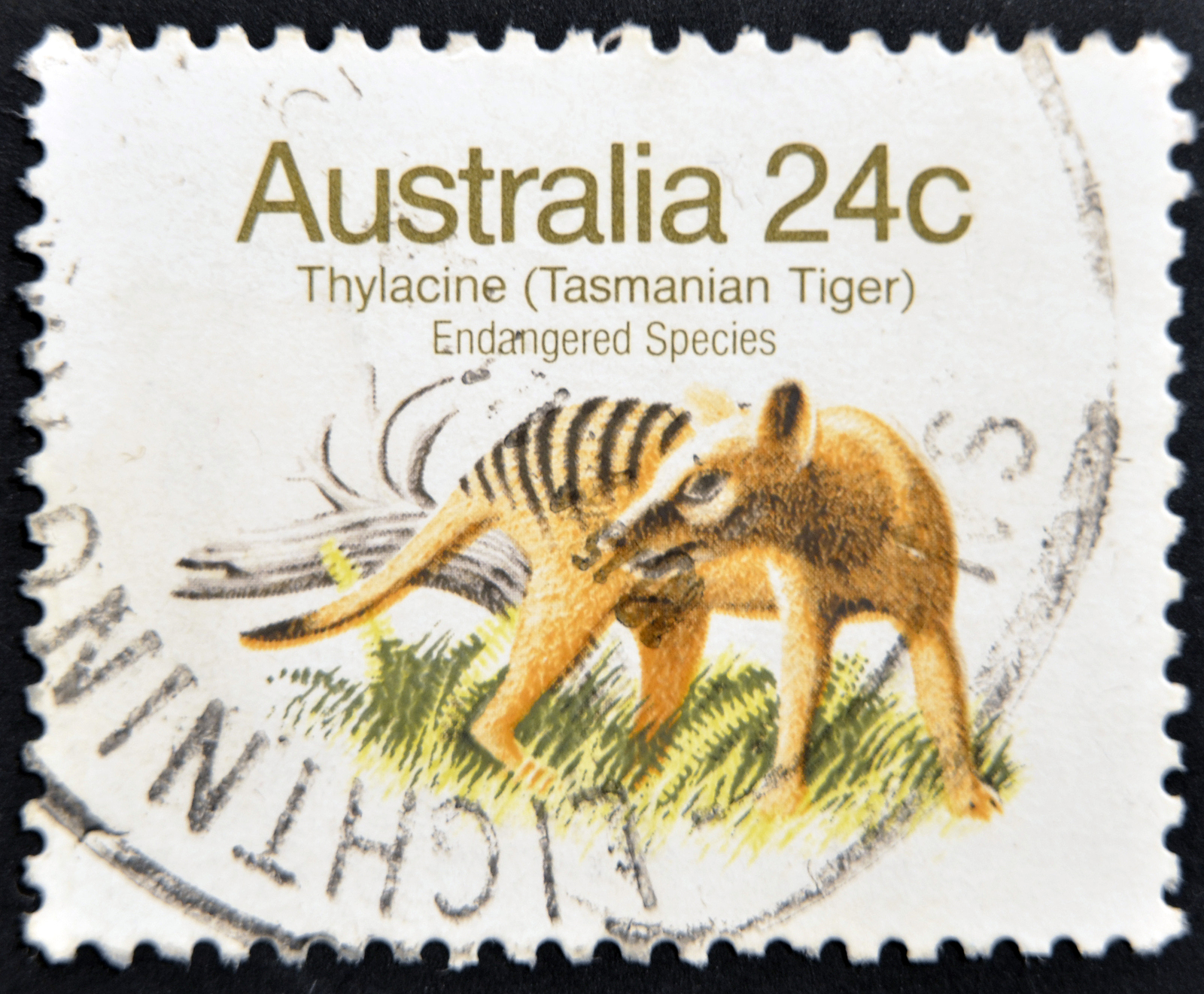
‘The Tasmanian Tiger will walk again.’ Dream on, scientists say
De-extinction is a romantic dream. What if woolly mammoths could once again tread the Siberian tundra. Or thylacines lope through the bush of Tasmania? Or passenger pigeons darken the skies of Arkansas?
Currently, different research groups are working on de-extinction projects for all three of these animals – and there are plans for others. But according to an article by Chinese and Danish scientists published in the journal Current Biology, de-extinction projects are doomed to fail.
There are three possible paths to de-extinction: back-breeding, cloning, and genetic engineering. For long-extinct species, the latter is the best possibility. However, even in the best cases, it will only be possible to recover 90 or 95% of the species’s genome. Those missing sequences could contain vital genetic information. One scientist who spoke to a journalist from Science magazine pointed out that the genomes of humans and of chimpanzees only differ by about 1%. And, in most cases, these two species look and behave very differently.
The inspiration for de-extinction research is not just theoretical. Restoring some species could help to preserve or restore ecosystems. Harvard geneticist George Church leads a team which aspires to recreate woolly mammoths to restore the Arctic tundra.
In this study, the scientists examined the genome of the Christmas Island rat, a large rat whose close cousin is the common Norway rat. It went extinct about 1900. They obtained genetic material from pelts held in the Oxford University Museum of Natural History but they found that they could only sequence about 95% of the genome.
According to Science, “The lost sequences included bits of about 2500 of the rat’s estimated 34,000 genes… The recovered DNA included the genes for the Christmas Island rat’s characteristic rounded ears, for example, but important immune system and olfaction genes were either missing or incomplete.”
This “really highlights the difficulties, maybe even the ridiculousness, of [de-extinction] efforts,” Victoria Herridge, an evolutionary biologist at the Natural History Museum in London, told Science.
The de-extinctioners are not rattled by their colleagues’ pessimism. “The main goal is not making ‘perfect photocopies,’ but making diverse and selective hybrids,” Church said. He is currently trying to recreate cold-tolerance genes which can be transferred into elephants.
